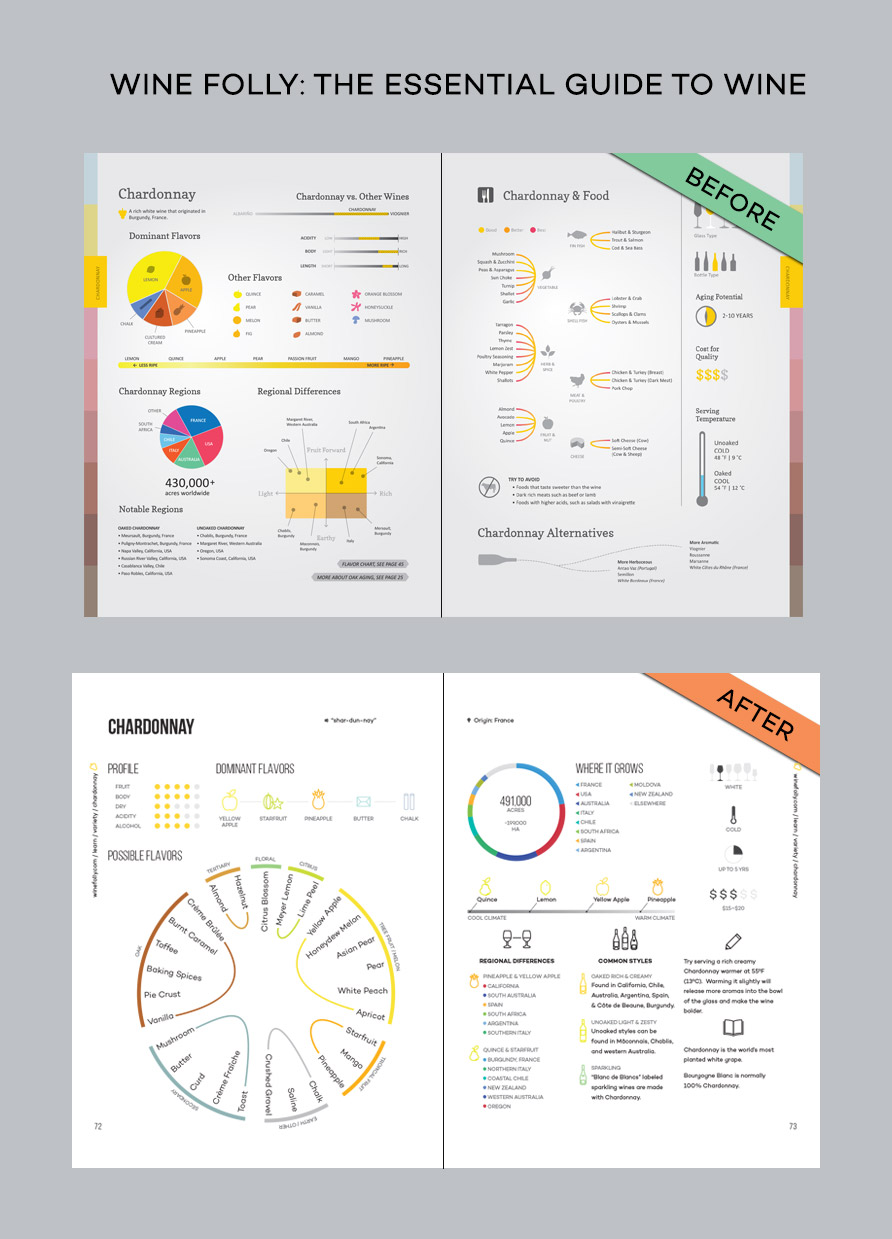You’ll see pretty instantly how Wine Folly: The Essential Guide to Wine is different the moment you open it. It’s completely visual. The book’s organization is a little bit different too. Instead of going by region, we organized it by style (there’s a Sparkling wine section, a Light-Bodied White Wine section, a Full-Bodied Red Wine Section, etc). This is useful because a reader can very quickly find similar tasting wines by their taste profile–even if they’re from different countries. Finally, the book is loaded with wine maps. The last section of the book includes wine maps of 12 different countries as well as several detail maps of top regions. Besides all this, each page links to a page on the Wine Folly website. So…
How the heck did we make it?
The Making of a Wine Book
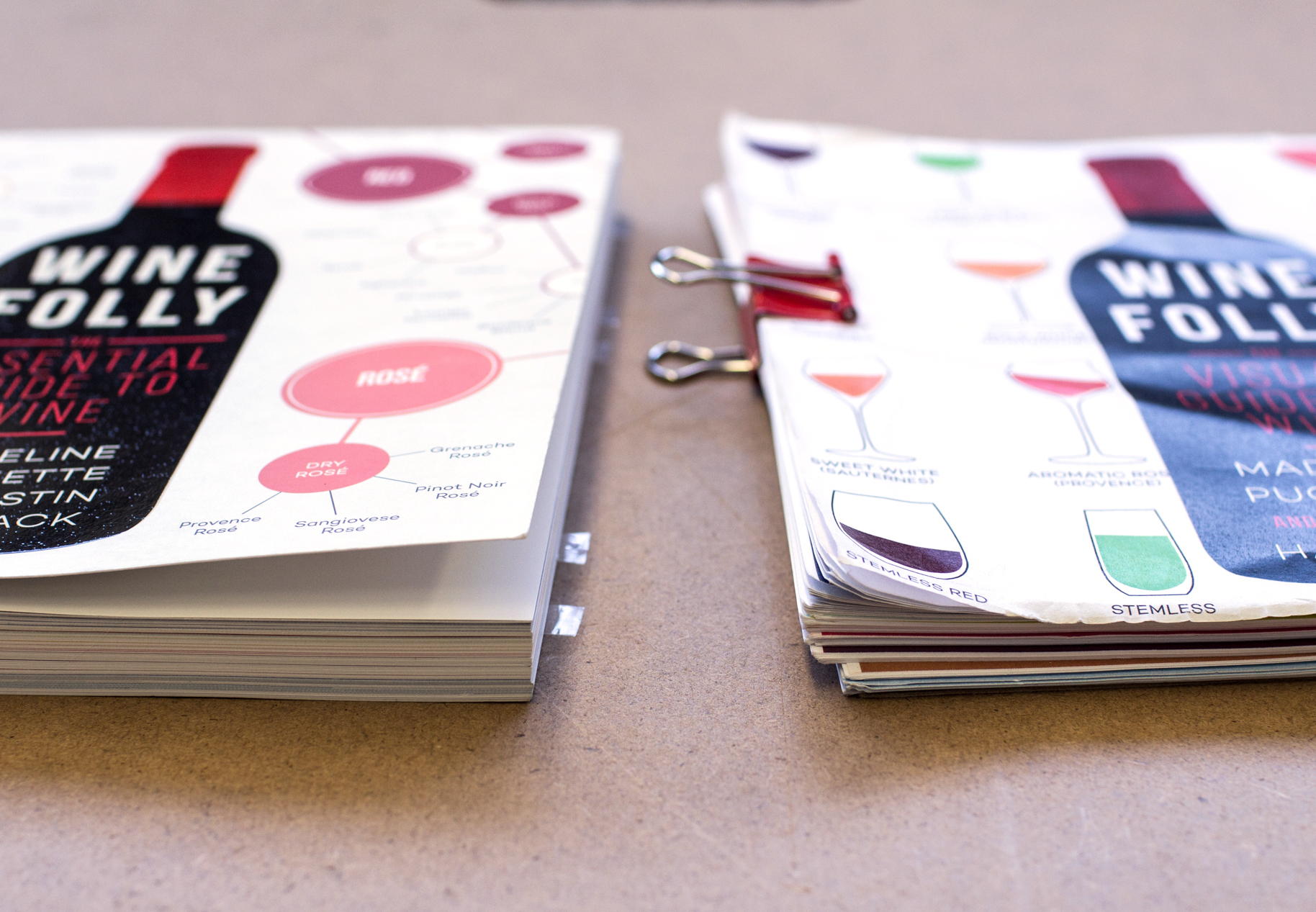
The final book on the left and an early printed version on the right
Building the Lighthouse

It all started with a very basic plan to figure out who the book was for and what problems the book would solve. Looking back, this was the most important step in making a book, even though it seemed a bit nebulous at the time. The reason why it was so important was that it became the lighthouse that we could use to make sure we were on the right course. There were many times where a seemingly awesome idea would be thrown out because it either didn’t fit the reader’s expectations or wasn’t related to the problem. Justin did most (possibly all) of this part of the planning. Here is basically what our core lighthouse “filament” was:
“Learn about wine to drink better wine.”
Finding an Book Agent
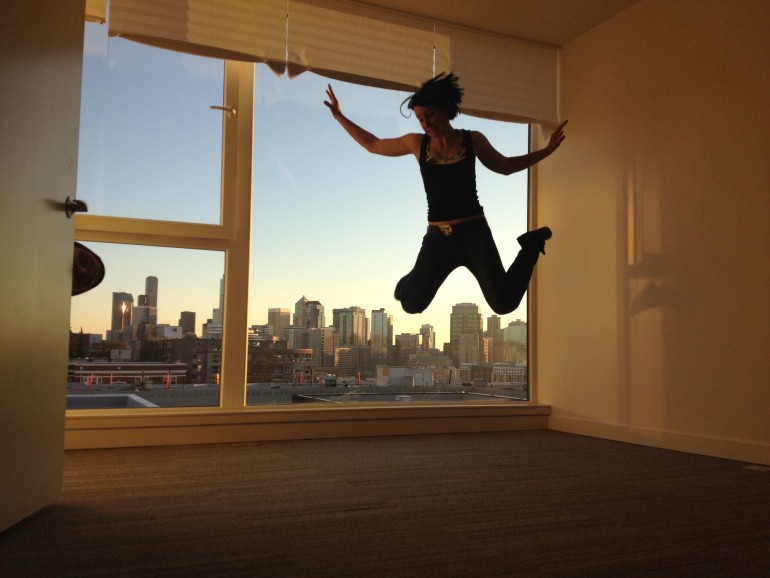
Things started floating upward, people were talking about Wine Folly!
An article came out one day in the Washington Post with a huge picture of one of our infographics in it. Our site traffic surged and then I saw an email in my inbox from a classy London publisher. She was very excited to work with us and create a book and I… well I was in a state of shock and awe. Justin was a little bit more wary. He has always believed that the best opportunities are the ones you make and not the ones that come to you. So, he told me he wanted to do a little research before we committed. He emailed Seth Godin who is a multi-hit best-selling author. It was a crazy out-there-on-a-limb idea to ask him straight-up about our situation and seek some advice. Seth wrote back! And he referred us to his agent!
Convincing a Book Publisher
We had a potential deal on the table already, but Lisa (our agent) said we might be able to do better. She sent us 3 of the best book proposals that she had ever seen and we ogled/studied them. Just so you know, a book proposal is basically the pitch that agents send out to publishers to sell books. Book proposals include a writing sample (or in our case, sample infographics) but perhaps more importantly, they include some pretty detailed demographics to prove that the book will make money. Justin wrote the entire proposal, did all the demographic work and all I did was make an infographic!
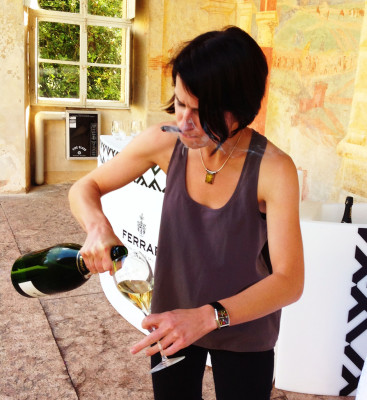
I was in Reno at a bachelorette party when I got the call – Penguin books – they’d accepted the offer! I smoked a cigar and indulged in Reno’s delights… and I’m not saying anymore about that!
Organizing & Planning
Organizing and planning happened in 3 parts:
First, it involved figuring out 4 main sections of the book and filling in all the sub-sections.
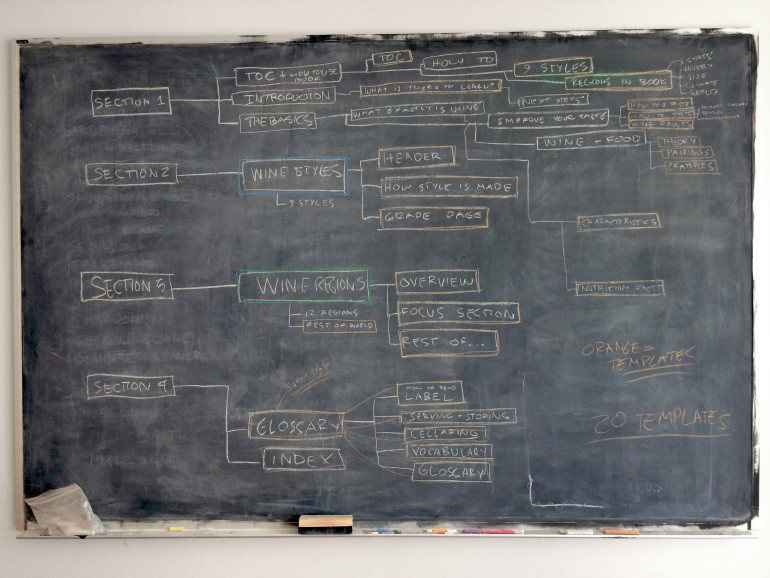
Second, it required creating a grid system for the book and choosing fonts.
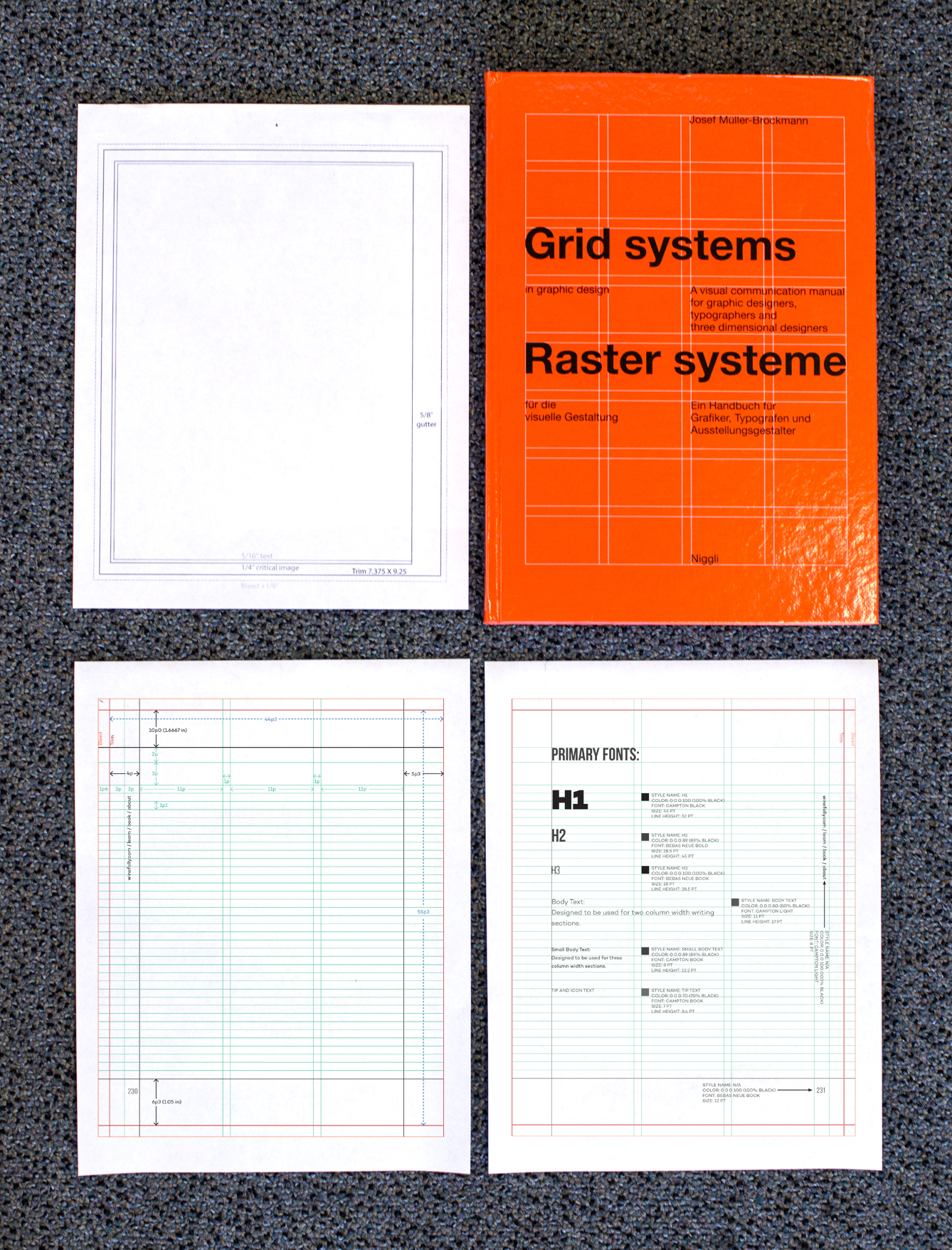
Third, it meant determining all the page templates or custom pages that would need to be designed.
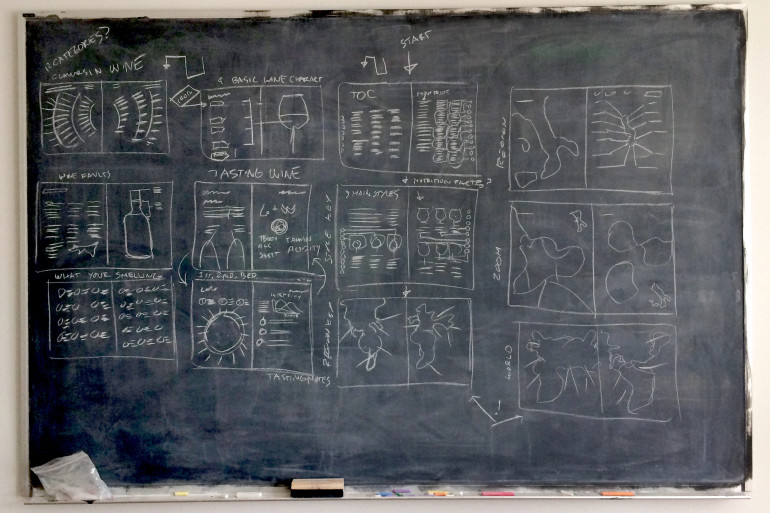
This part of the work took me about 6 months to do. At the time, there weren’t really any infographic books to gawk at and get ideas from, so I compiled a bunch of inspiration notes on design in Evernote (Evernote is the primary way we stayed organized!). From that point I started sketching and testing different visual communication techniques in order to find what would work. Since wine varieties are all different, it was important to focus on finding the information that could be consistent across all the pages. This is where I actually had a little bit of good luck.
Getting it Done
The Data
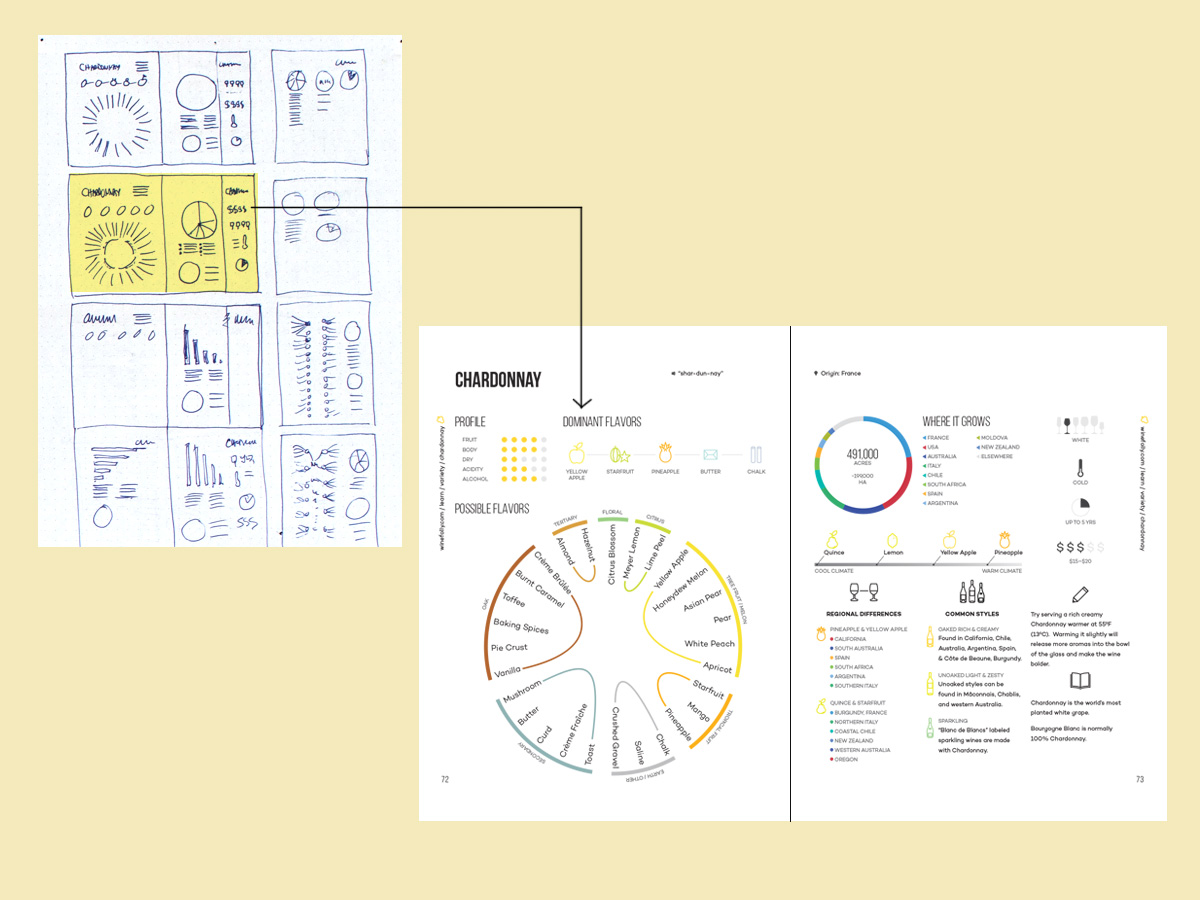
Right before I started mapping out the variety pages of the book, I found some amazing wine statistics information by a wine economist named Kym Andersen. He and his team at University of Adelaide had compiled this amazing database of world grape statistics and, as luck would have it, he allowed us permission to use the data in the book. You can see this data on grape pages of the book visually showing the acreage of grape varieties and where they grow in the world. When making it, I was even impressed how the visualizations filled in all my little knowledge holes on certain varieties–giving me a sense of context and proportion. Many thanks to Kym A. and his work.
The Aroma Wheels
Each variety page has a wine aromas wheel showing the primary flavors of a wine. It’s extremely helpful to use, especially if you’re just getting started with a variety to have some contextual way to understand how the wine will taste. You might be wondering:
“What is all this wine flavor business about?”
This was perhaps one of the most tricky things to pull off concisely and elegantly because taste is perceived as a personal experience (e.g. “everyone’s taste is different”). However, after talking to Master Sommelier Matt Stamp and Geoff Kruth at guildsomm.com, I found a way in. The aromas of wine are derived from blends of many aroma compounds which include phenols, thiols, esters, sulphur compounds, microbes, etc. So, for example, the smell of black pepper in Syrah primarily comes from the compound rotundone, a terpene. So, this scientific information could be cross-referenced with tasting notes to make a more solid case of why we taste what we do in wine!
I received additional help with this from 2 sommeliers (Mackenzie Parks and Luke Wohlers) who were both incredibly skilled blind tasters. Also, a Wine Folly reader contacted me who turned out to be a retired microbiologist named Milton who was able to gather more data on the nature of wine aromas. It’s fascinating stuff. I compiled everyone’s “base” tasting notes on each variety and used that information to create the aroma wheels and primary flavors sections. Huzzah!
The Wine Maps
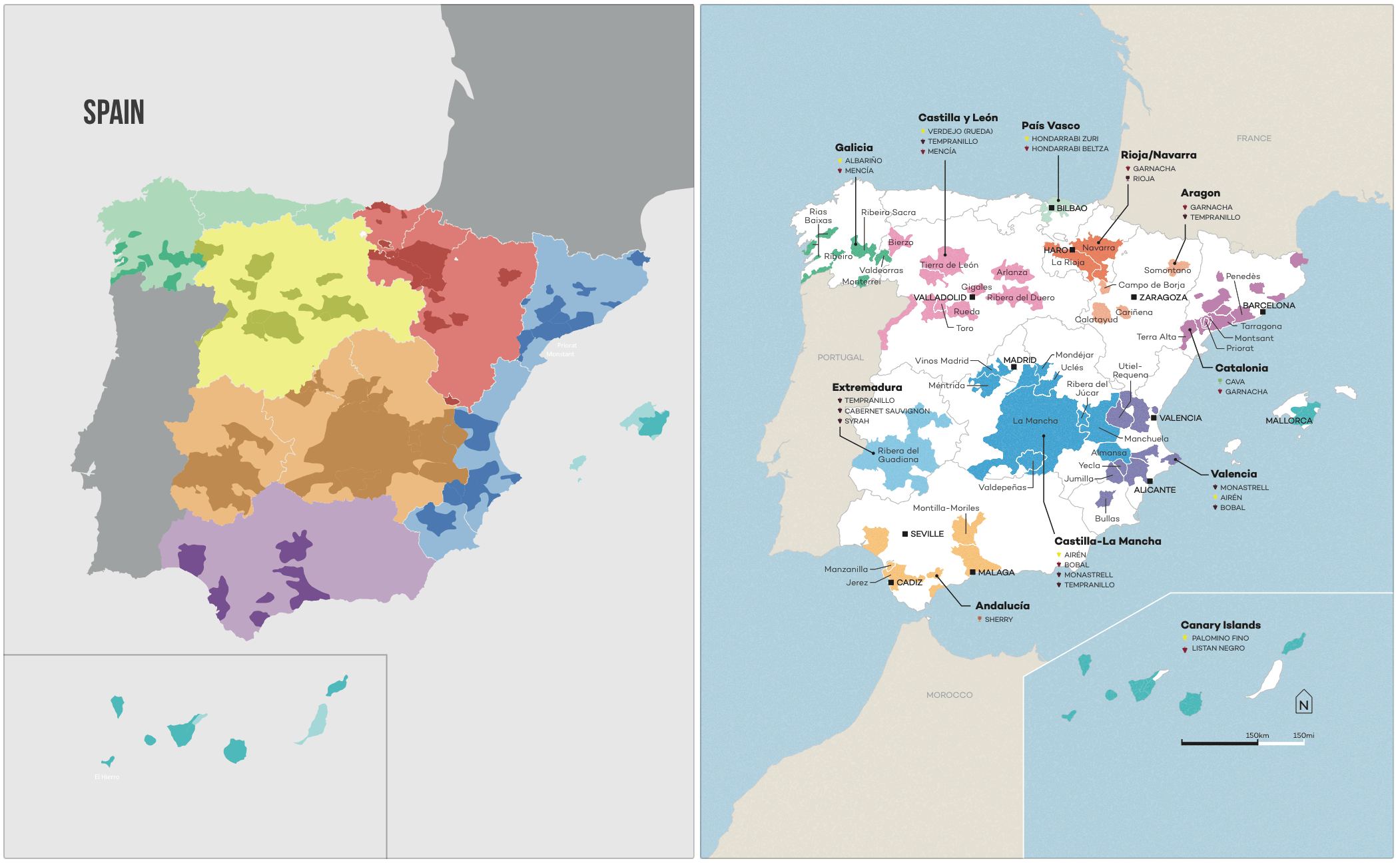
Have you seen those really cool wine maps we make already? Initially, these maps were going to go into the book, however, due to the nature of the design (and the restrictions in the contract) we opted to produce all new maps for the book. This process turned out to be a lot of work, but it was worth every second. I learned how to use GIS (Geographic Information Systems) for mapping and the maps we made will be translatable to any map anywhere!
Getting it Out There (and Going Out of Our Minds)
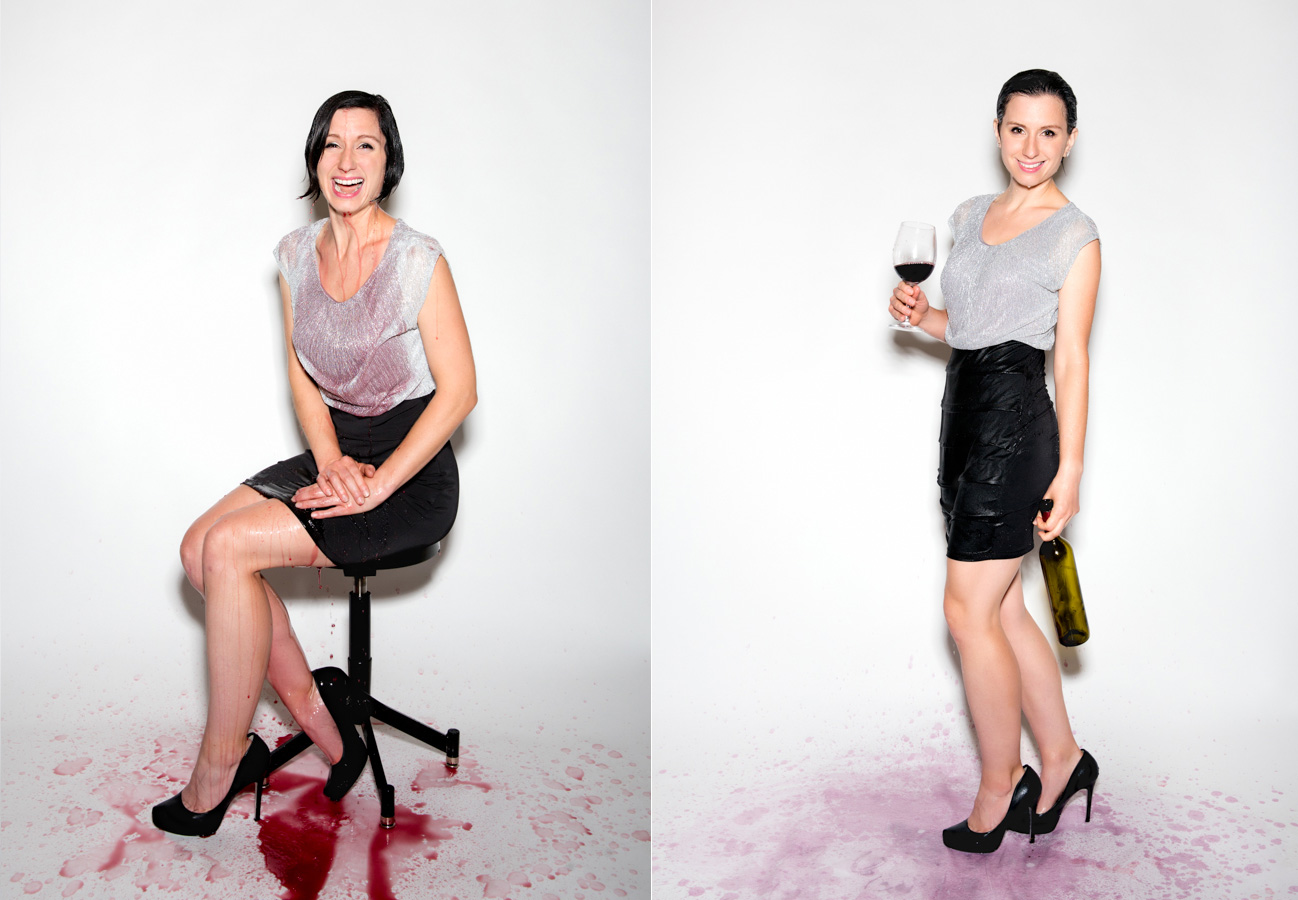
I hired local Seattle photographer, Charles Cotugno, to dump wine all over my head. Highly recommended.
After making the book we teamed up with a publicist at Penguin and I also hired a marketing assistant to help with the launch. The publicist went out to hit all the major pubs with what they call “Advanced Readers” of the book and we set about making a marketing plan for the book launch. Justin found what Tim Ferris had done for the 4-Hour Chef and it inspired us. We modified his strategy to fit your needs (as a reader) and our restrictions based on the unique qualities of the book. This article is an example, and as much as one could call it marketing, it’s actually just the truth of what it took to put it together.
To sum up – we’ve been working for 7 days a week for the past 6 months… we did take two days off to attend Justin’s dad’s funeral. Sadly, he never got to see the book, but there’s a special thank you for him in the back. He was very influential to both Justin and I and encouraged us to start Wine Folly in the first place, he’s awesome. Super awesome. Oh tears!
Thanks for being curious about the project and salut. Go drink some yummy wine tonight.
-Madeline
